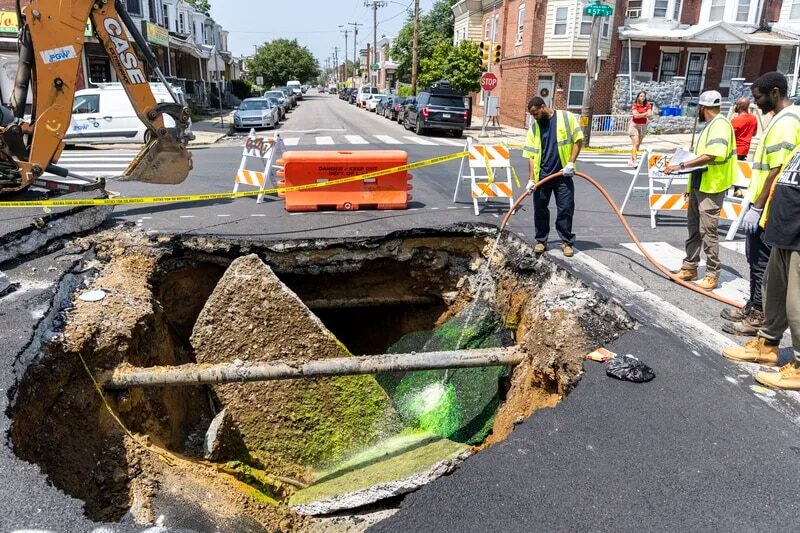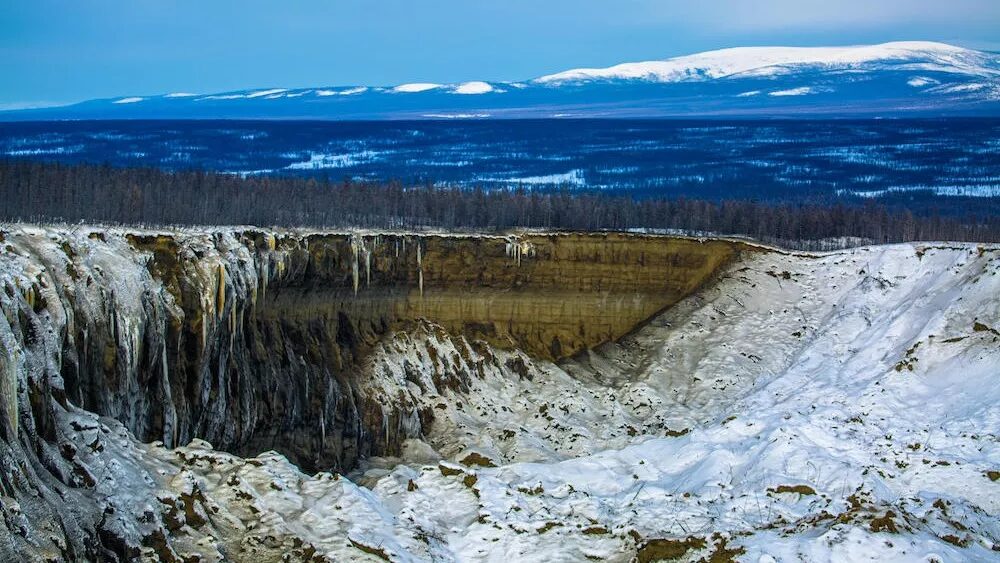Horrific for cell phones, worse for electric vehicles, calamitous under Net Zero.

© Watts Up with That
Global cobalt demand soared with the advent of cell phones and laptop computers. It exploded with the arrival of electric vehicles
and now is skyrocketing in tandem with government EV mandates and subsidies. Cobalt
improves battery performance, extends driving range and reduces fire risks.
Demand will reach stratospheric heights if governments remain obsessed with climate change and Net Zero. States and nations would have to switch to electric cars, trucks, buses and tractors; end coal and gas electricity generation; convert gas furnaces, water heaters and stoves to electricity; and provide alternative power for windless, sunless periods. Electricity generation would triple or quadruple.
Weather-dependent wind turbines and solar panels would require billions of battery modules, to stabilize power grids and avoid blackouts every time wind and sunshine don't cooperate.
All that Net Zero transformation equipment - plus transmission lines, substations and transformers - will require billions of tons of cobalt, lithium, copper, nickel, graphite, iron, aluminum, rare earths and other raw materials at scales unprecedented in human history. That will necessitate mining, ore processing, manufacturing, land disruption and pollution at equally unprecedented levels.
Just President Biden's first tranche of US offshore wind turbines (30,000 megawatts by 2030) will require some 110,000 tons of copper, for the turbines alone. Transmission lines, transformers and batteries are extra. Based on average global ore concentrations, getting that copper would require extracting 40,000,000 tons of surface rock (overburden) and 25,000,000 tons of copper ore.
But those 2,500 12-megawatt 800-foot-tall turbines would provide barely enough electricity to power New York state on a hot summer day, if the wind is blowing, and before its Net Zero mandates kick in.



Comment: Details of the first: Sinkhole swallows rubbish truck in Cape Town, South Africa